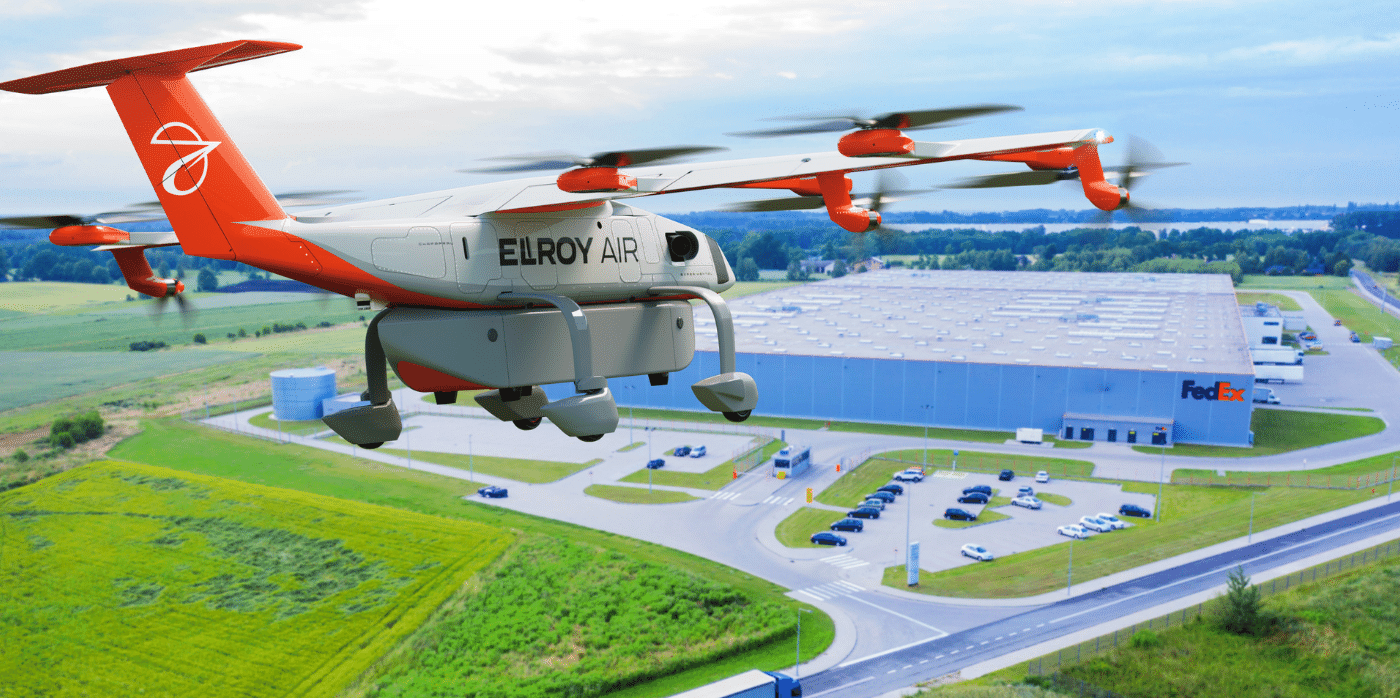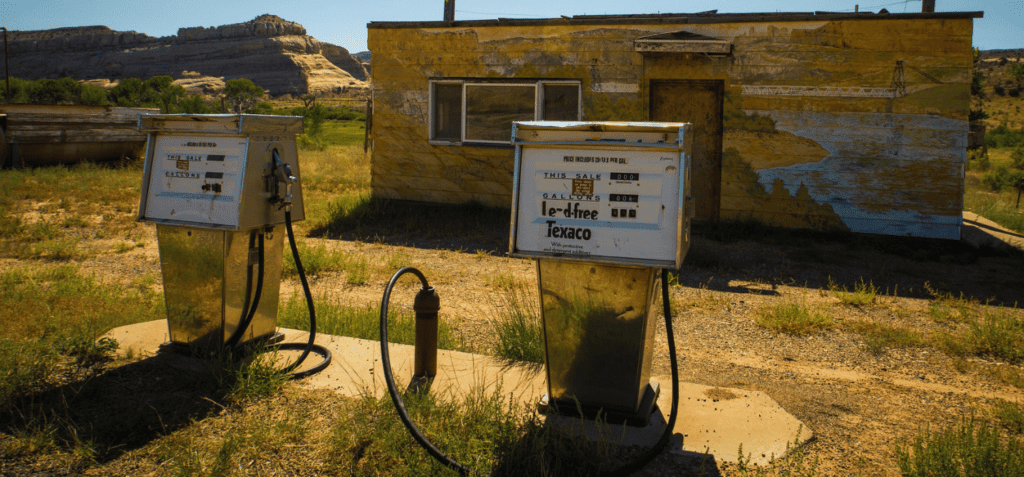Enlightened leaders: Simon Mundy – Springwise
“Why don’t people want to read books about climate change?” That was what Financial Times journalist Simon Mundy found himself wondering a couple of years ago. “People have this impression of it being very heavy, abstract, and difficult to engage with,” he explains. “But I knew that behind the headlines must be some incredibly powerful and compelling human stories.”
So, taking a leave of absence from his job, Mundy started travelling all over the world to find these stories. Two years, 26 countries, and many COVID-related quarantines later, he published Race for Tomorrow – a book about the global fight against climate change.
During his travels, he met not only with those suffering the consequences of environmental decline, but also with innovators working to tackle the problem.

When did you first become interested in sustainability?
One of the first stories I covered as the Financial Times Mumbai correspondent in 2016 was the droughts in Marathwada, India. When I met the farmers and saw the empty reservoirs and cracked floors, it hit me for the first time how severe the impacts of climate change already are. Before that point, I’d viewed it as more of a slow burn that would come home to roost in a serious way decades from now. In that moment I could see that wasn’t the case.
How does innovation hold the key to halting the climate crisis?
We’re fortunate to have seen incredible innovation already over the last 20 years – from electric cars to renewal energy sources. It means we now don’t have the horrific choice between shutting down the economy or heading for planetary disaster. Innovation has enabled a miraculous third option, which is to develop a greener economy using technology. And the latest advances in innovation are making solutions even more feasible.
Which area of innovation do you think is most promising for making a real difference?
Carbon sequestration is very exciting, particularly what Reykjavik-based Carbfix is doing. For millions of years, the basalt under Iceland has been sequestering carbon dioxide dissolved in water, turning it to limestone through a natural chemical reaction. And while scientists had assumed this took place over centuries, Carbfix has discovered that when carbon dioxide-rich water was injected into underground rock formations, 95 per cent of it became stone within just two years.
To get the carbon, Carbfix works with Climeworks, which was set up by two young, German engineers based in Switzerland. They’ve built machines that can suck carbon dioxide out of the air. Taken together, these technologies could make it possible to put the carbon cycle into reverse at an industrial scale.
What’s the craziest innovation you’ve come across?
Lab grown meat is such an interesting area. In 2021, Israeli company, Aleph Farms, raised $105 million in a Series B funding round. It grew out of scientific research by Shulamit Levenberg, a leading academic in the field of cardiac-related research. After she figured out a way to grow human cardiac cells to treat people with heart disease, someone suggested to her: ‘what if you could do the same with animal cells to make meat?’
While other companies in the field are producing a sort of minced meat, Aleph is trying to create muscle – an actual whole steak. And they’ve done it – albeit at a very small scale and at a very high cost. There may be people who find the idea of this ‘frankenfood’ uncomfortable, but it’s hard to deny it’s better for the environment. We don’t need to worry about methane emissions from cows, or the rainforest being cut down to make more room for farming. It’s also healthier because your ‘meat’ isn’t full of antibiotics. Plus, you don’t need to worry about animal welfare.

What other solutions do you think could be gamechangers?
People aren’t paying enough attention to fusion power – and it’s coming more quickly than we thought. Did you know: one kilogramme of fusion fuel can provide as much energy as 10 million kilogrammes of fossil fuel?
To find out more, I met with a company called Commonwealth Fusion Systems, which is based at MIT in the USA and has recently raised $1.8 billion from investors. I had a tour of their operations and was amazed by their fusion reactor. The temperature within that reactor when it was switched on was 100 million degrees Celsius – which made it the hottest point in the solar system. I found it extraordinary that this technology is being developed and raising $1.8 billion in funding – clearly it’s now reaching the point where serious investors are getting really excited about the potential of this stuff.
What’s currently holding back sustainable innovation in the business world?
There’s lack of a sense of urgency, and a certain distance from the impacts of climate change. Fundamentally, the people making the decisions at a high level for big companies tend not to be personally exposed in a very meaningful way to the impacts of climate change.
Now, having said that, I do think that they have other sorts of pressures on them – from investors, from customers, from the wider public, and from regulators. Business leaders feel under pressure to show some progress when it comes to their climate footprint. But it’s still not fast enough. And I think if we all had a greater connection with some of the sorts of stories that are featured in the earlier parts of my book, I do think that would help to give a greater sense of urgency.
What advice do you have for business leaders about innovation and sustainability?
First, businesses can be very powerful voices, for good or bad, in influencing the direction of policy and the evolution of the wider economic system. Secondly, long-dated targets are not enough. Business leaders need to provide detail on what their plans are for the near term, for the next year, and the next five years – and have their focus there. Otherwise, businesses can rely on vague and long-term targets.
What advice would you give to innovators about making an impact?
Of the companies I visited, the ones who seemed to me to be doing best were those that had spotted a gap in the market and created something truly original. I was also struck by the scale of their ambitions. They all talked in very grand terms about the potential size of their business and the impact they could have. And I think that’s appropriate. Because when you look at the scale of the disruption that’s happening, and consider the epochal shift in the global economic system, it’s right to talk in terms of unprecedented growth.
Innovators in this space should think big because this is a historic moment. We’re talking about the end of the fossil fuel age of human history. It’s an unprecedented point in human disruption. Companies that find the opportunity and the right space can achieve something extraordinary.

What can Springwise readers do about climate change?
While it’s important to keep thinking about how to address your personal carbon footprint, I think we emphasise that a little bit too much. We should also look at what contribution we might be able to make to change the wider system. Because that system level change is what will be so important.
Do you feel optimistic or pessimistic about the future?
Both is the answer. I’m much more keenly aware of the scale of the problems, which are profound and wide-ranging. But I’ve also been blown away by the ambition and the brilliance of the innovators I’ve met, and the work that’s been done to tackle these problems. While I’m deeply concerned about the path that we’re on, there’s no space for resignation. There is so much that we can still do to improve the situation.

Simon Mundy is the author of Race For Tomorrow (William Collins). He has also reported for the Financial Times since 2010, most recently as Moral Money Editor – covering the push for a cleaner and more sustainable world economy. To find out more about Simon and to buy the book, visit simonmundy.com/book
Interview: Hannah Hudson
27th April 2022










